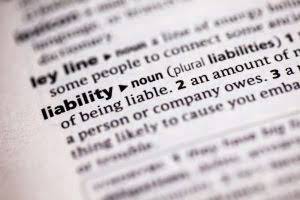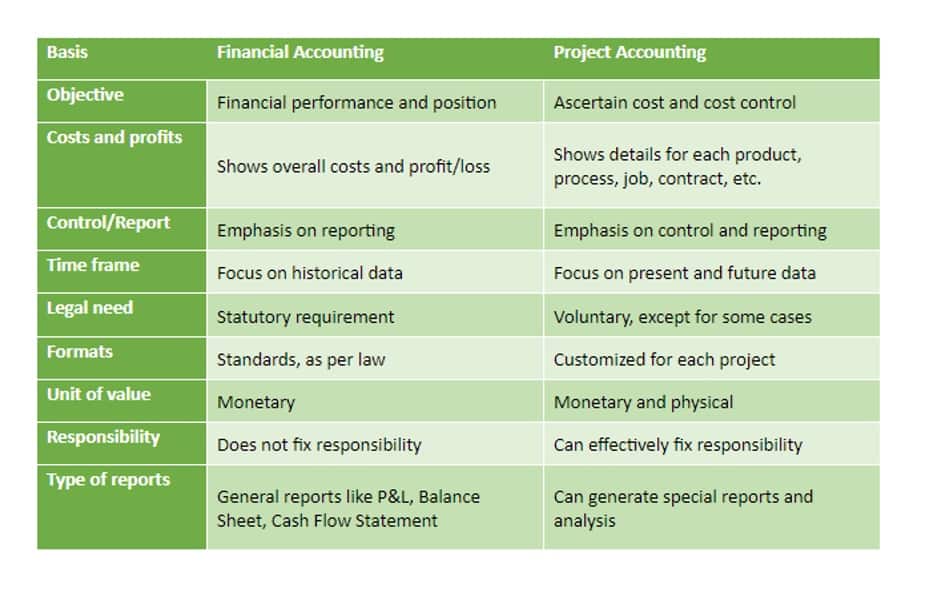Guide to Single-Step and Multi-Step Income Statements

However, multi-step income statements can benefit small businesses that have a variety of revenue streams. There are several ways multi-step income statements can benefit your small business. For small businesses with few income streams, you might generate single-step income statements on a regular basis and a multi-step income statement annually. If you have more than a few income streams or a complicated financial landscape, you might use multi-step income statements to get a better view of your profits and losses.
- Income statements can be created to analyze and compare business performance over a month, a quarter or a year, and are an effective tool to review cash flow and predict future business performance.
- Non-operating expenses are the expenses that are not related to business activities such as interest expense, lawsuit, and loss on disposal of a fixed assets.
- Such specificity gives stakeholders a sharper view of how a company runs its business, by detailing how the gross, operating, and net margins compare.
- We follow strict ethical journalism practices, which includes presenting unbiased information and citing reliable, attributed resources.
- The single-step income statement has two main categories, “revenue” and “expenses”.
Types of Company that Uses the Single-Step Format
- This calculation is useful for business owners and investors as it shows the net profitability of a business, and how efficient a company is at generating net income.
- These costs include wages, depreciation, and interest expense among others.
- Direct costs are also known as non-operational costs and refer to expenses for a certain project, product, or service.
- Unlike a single-step income statement, it separates total revenue and expenses into operating and non-operating headings.
- The income statement, also called the profit and loss statement, is a report that shows the income, expenses, and resulting profits or losses of a company during a specific time period.
Also, the single-step report it’s easier for readers without financial expertise to interpret, analyze, and understand. In this article, we will explore the definition of the single-step income statement, the examples, and find out more about the types of businesses that use the single-step format. Some companies prefer to use the single-step approach, whereas others will have to prepare the report using the multi-step method, abiding by the country’s law.

What kinds of companies use single-step income statements?
- Small business owners with simple operations, such as sole proprietorships and partnerships, may prefer the single-step income statement.
- EBT, also referred to as pre-tax income, measures a company’s profitability before income taxes are accounted for.
- A single-step income statement might not be accurate because there are no calculations related to costs.
- Income statement evaluates the profit or loss of a business over a period of time, whereas balance sheets show the financial position of a business at a specific point in time.
Ultimately, the choice of which method to use will depend on the needs of your business and what kind of information you need to glean from your income statement. Whether you choose single- or multiple-step, you’ll be able to gain valuable insights into your financial performance that will help inform your decisions going forward. Under expenses section, both operating and non-operating expenses will be combined together. Operating expenses are the expense mainly to supporting primary business activities. They include payroll, rental expenses, marketing expenses, admin expenses, and so on. A multi-step income statement calculates net income and separates operational income from non-operational income—giving you a more complete picture of where your business stands.
How confident are you in your long term financial plan?
It includes income from the sales of products and services, as well any money received from non-primary activities, such as the sale of equipment or interest received. To prepare a single-step income statement, you need to select your reporting period (you might prepare these statements monthly, quarterly, or annually) and then follow these basic steps. To prepare a multi-step income statement, you need to select your reporting single step income statement example period (you might prepare these statements monthly, quarterly, or annually) and then follow these basic steps. Here’s a closer look at multi-step income statements vs. single-step income statements, including what each one includes, their pros and cons, examples, and why you might choose one over the other. A single-step income statement displays the revenue, expenses, and gains or losses generated by a company.
- It provides valuable insights into various aspects of a business, including its overall profitability and earnings per share.
- The expenses usually recorded in this section include salary expenses, sales, advertising expenses, sales expenses, administrative expenses, and office supplies expenses.
- They are mainly concerned with whether or not investing their money is the company with yield them a positive return.
- The expenses category include the cost of goods sold are listed in one column.
- SoFi does not guarantee or endorse the products, information or recommendations provided in any third party website.
Unlike the balance sheet, the income statement calculates net income or loss over a range of time. For example annual statements use revenues and expenses over a 12-month period, while quarterly statements focus on revenues and expenses incurred during a 3-month period. Multi-step statements offer greater organization and detail, which give users the ability to analyze a business’s financial performance. They also meet the regulatory requirements for corporate financial reporting. Single-step statements are less formal, mainly for internal use by business owners rather than external use by regulators, lenders, and the investing public. A single-step income statement is a summary of a business’s profitability that uses one calculation to arrive at net income before taxes—hence the single step.

Indirect costs are also known as operational costs and refer to generalized expenses related to a business’s broader operations, which can’t be attributed to a certain project, product, or service. Examples include employee salaries, research and development, marketing expenses, and infrastructure costs like rent, utilities, and phone services. Moreover, if one line item is calculated incorrectly, this could throw off all other related line items as well as the final calculation of net earnings or a net loss. With these risks in mind, it’s important that organizations have proper processes and controls in place when preparing their financial statements.
AccountingTools
Is EBITDA included in an income statement?

